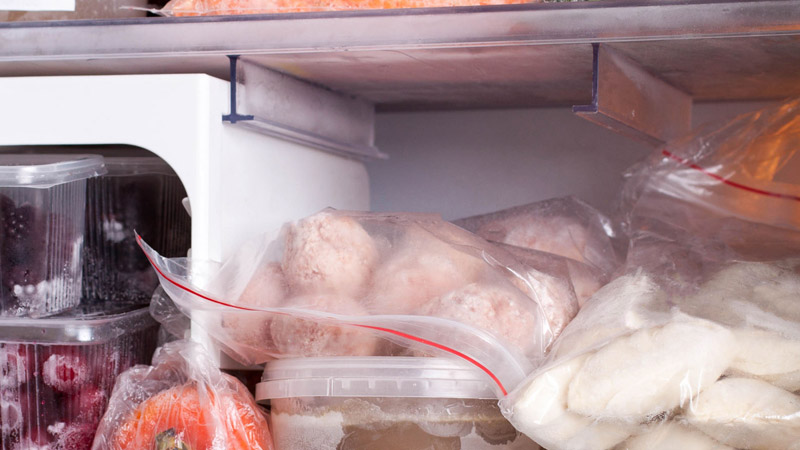How Dangerous is Plastic to Our Food?

It is nearly impossible to avoid plastic, it is everywhere. The food we eat is packaged in it, the water we drink is frequently in a plastic bottle and even the toothbrush we use twice a day has plastic. There are many different kinds of plastic products that we come in contact with constantly. Although plastics have made life more convenient, could there be a downside to having them just about everywhere?
One area of research is looking at how ongoing contact with plastic may unknowingly be causing harm to the human body. Primary care physician Dr. Lawrence Anastasi of Shore Physicians Group in Margate said exposure to plastic, especially BPA, a suspected endocrine disruptor, is something people need to consider. An endocrine disruptor is a chemical that interferes with the normal endocrine or hormonal function of your body.
Bisphenol A or BPA is of particular concern. Dr. Anastasi explained that BPA is a chemical used to harden plastics in the manufacture of plastic containers. Drinking bottles, infant bottles, drinking cups and food storage containers are but a few of the products Dr. Anastasi mentioned that may contain BPA.
Is there potential danger in using plastic for food storage or cooking? “Some research has shown BPA can leech into food, raising concerns of possible health effects on the brain and prostates of infants, fetuses and children and may have a possible effect on children’s behavior,” said Dr. Anastasi. He referenced a Mayo Clinic study by Dr. Brent Baurer that shows BPA may also increase the risk of cancer, infertility, fetal development, heart disease, diabetes and may also cause weight gain, acting internally as a hormone.
Asked if nutritional value is lost during microwaving, Dr. Anastasi said that while it can affect the nutritional content to a certain extent, it does depend on how long it is microwaved. “Any form of cooking depletes nutrients in some way, as some are heat sensitive,” said Dr. Anastasi. “Microwaves use less heat than conventional methods and it involves shorter cooking times, thus generally have the least destructive effects.” Microwaving in plastic containers is not suggested as fatty foods may leech more from the plastic at high temperatures.
Dr. Anastasi also said that some plastic containers are safer than others. He suggested the use of Pyrex glass containers with lids as a good alternative. He added that if forced to use plastic when microwaving, follow the manufacturer’s directions carefully. Dr. Anastasi suggested that if plastics are going to be used in the kitchen, stick to products with recycle codes 1, 2, 4, and 5 as they are the safest. Products marked with recycle codes 3 or 7 may contain BPA.
Are we not taking the potential dangers of plastic seriously? Dr. Anastasi said most people are mindful of the plastics that come in contact with food. Further he said, The U.S. Food and Drug Administration has said that BPA is safe at the very low levels that may occur in some foods and that the FDA continues to monitor all research related to BPA effects.
“The good news,” according to Dr. Anastasi, “due to rising concerns of BPA, plastic makers are now responding by producing a wide variety of BPA-free products. In addition, most food cans are no longer lined with BPA.” In our modern society, it is quite challenging to have a plastic-free kitchen but remember to always follow the manufacturers directions. Dr. Anastasi reminds all to be mindful of the recycle numbers on the plastic containers as a guide.
To contact or make an appointment with Dr. Larry Anastasi at his Margate office, newly relocated to 9501 Ventnor Avenue, call 609-823-6161.